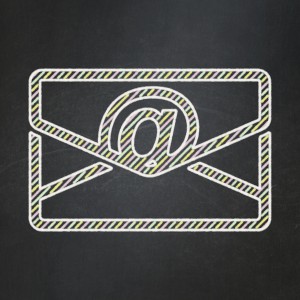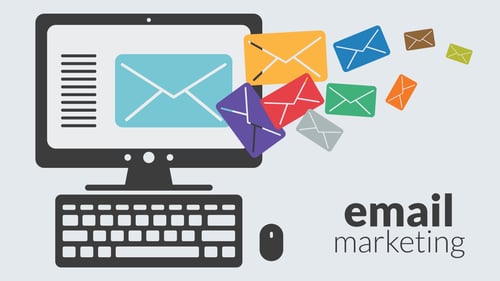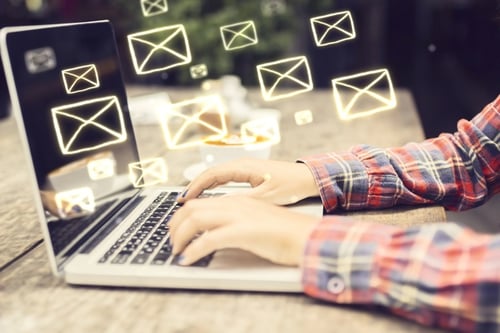Gmail Image Caching Obscures User Data
New moves at Gmail could make it faster, more private and more secure for users, but the moves are bad news for marketers. An apparently simple but far-reaching shift in image management has left email marketing experts in a spin, and there may be no simple solution.
What is the big news? Gmail has changed the way it displays images, caching them on its servers rather than retrieving them from the link provided by the sender each time a message containing the images is loaded. This means that email marketers can no longer use images to gain access to information about the people opening them, as all they will get – in most contexts – is familiar information about Google servers. Where they could have accessed location details, for instance, all they will get is the location of Google servers, which is not nearly so useful for demographic analysis.
Another significant piece of data lost in this way is the type of browser and operating system used to view the image. This could also provide details as to the device type used – desktop computer, tablet, smartphone etc – and provide useful clues as to how particular marketing campaigns were reaching different types of user and how they could be improved.
Though it varies from month to month, Gmail usually accounts for around 4.5% of email message opens. While this means that changes at Gmail itself are not going to derail the whole email data market, the real issue is that where Google products go, others tend to follow. If other operators come to see caching as a nifty solution – especially when they are already under pressure from users to tighten security – the overall market could quickly move into a position where it would be difficult to get enough data from any source to reach useful conclusions.
In the absence of data such as this, email marketing needs to be reinvented to take a different tack. This is not the first time something of this sort has happened, of course; in the early days of mass email use it was easy even for an amateur to track almost any message and determine when it was received and read, but pressure from users soon saw this approach abandoned. Users will always value their privacy and the only truly reliable way to obtain information is to solicit it openly. Simple tricks such as offering entry into a prize draw in exchange for a reply can provide a lot more data a lot more easily than digging around in uncooperative email systems.






